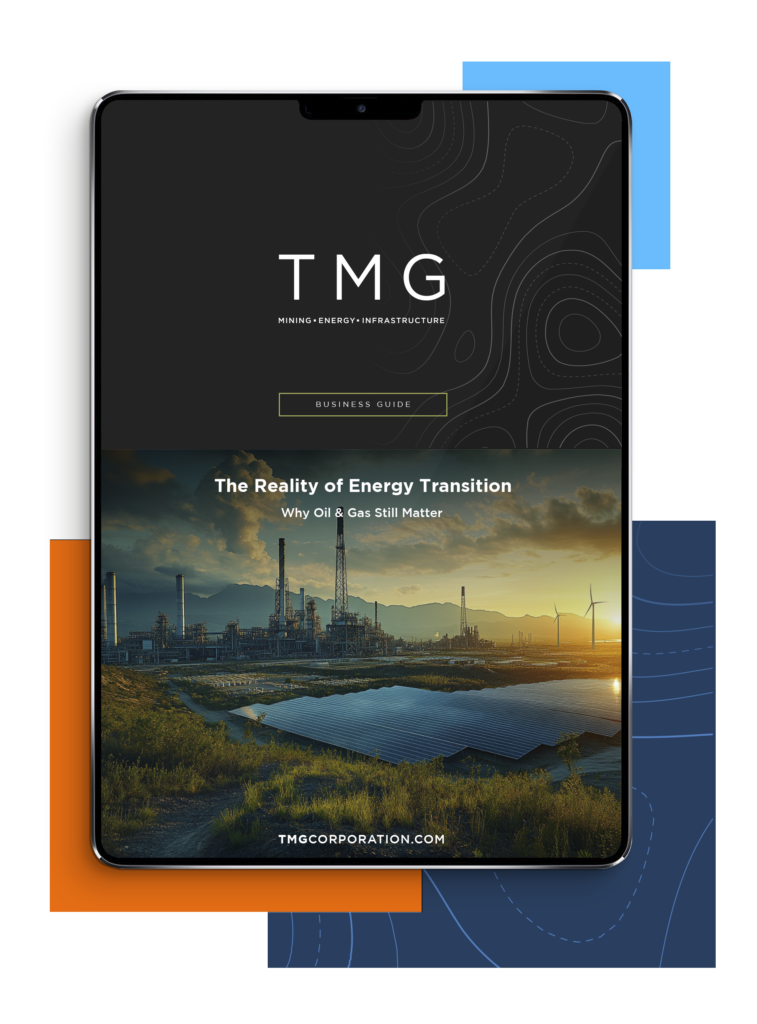Call Us Today: +1 866 205 2414
In capital projects, I’ve lost count of how many times I’ve heard, “We have a system” said with confidence. But if I ask ten people on the same project where to find the latest approved drawing or current contract revision, I’ll get ten different answers.
That’s not a system. That’s a liability with a login screen.
Good document management doesn’t just mean using software. It means creating an environment where every file—regardless of who created it, when it was created, or why—can be located, validated, and trusted without hesitation. The difference between a chaotic filing cabinet and a high-performing document environment comes down to structure, behavior, and clarity.
So, what does good actually look like?
The first building block of good document management is governance. Not something you add later, but something you build before the first drawing is uploaded or the first transmittal is sent.
Think of it as a pyramid—broad at the base, narrow at the top. Each layer supports the one above it.
At the base is the project information management policy. It sets the rules the project will follow.
Above that is the document management plan. It explains how the project will meet those rules and stay in compliance.
Then come the procedures. They show how the plan works in practice.
And at the top are the work instructions. They turn those procedures into clear, day-to-day tasks.
This structure aligns everyone from the start. It sets expectations, enforces consistency, and keeps the entire system from slipping into chaos.

The first sign of effective document control is a centralized, universally adopted platform—not one that exists in theory, but one everyone uses, every day, for every file.
There are no inbox shortcuts, no USB “just in case” copies, and no private drive archives. If it’s not in the system, it doesn’t exist.
More importantly, the system isn’t optional. It’s enforced. Decisions, approvals, and change logs are routed through it, and because of that, the system becomes reliable—not just available.
If your naming depends on memory or “how we’ve always done it,” you’ve already lost control.
Strong document systems use clear, consistent naming conventions so anyone—whether they joined yesterday or have been on the project since concept—can find the right file without hesitation.
Every document follows the same pattern: category, discipline, sequence, revision, owner. That structure removes guesswork. It lets teams scan, search, and retrieve information quickly. It also ensures the correct version is used, not just the most recently saved one.
This isn’t administrative busywork—it’s the backbone of revision control, audit readiness, and speed under pressure.
If drawings are being emailed around or printed without confirmation of currency, you are inviting errors with real revision control it demonstrates:
Small revision mistakes can snowball into safety issues, rework, and delays, where a structured system prevents those mistakes from ever reaching the field.
Documents without owners become documents without accountability.
Strong systems assign clear roles for maintaining, updating, and approving documents. Access is controlled—teams only see what they need, editing rights are managed, and every change is traceable back to who made it.
This structure prevents bottlenecks, protects sensitive information, and ensures nothing is left floating without responsibility.
A strong document system doesn’t reinvent itself at each stage.
If the rules, structure, or platform change between design, execution, and close-out, you’ve broken continuity—and a document created at concept may disappear by handover.
Sound systems stay consistent from day one through commissioning. The folder structure holds. The rules stay the same. That continuity makes handoffs smoother, audits easier, and knowledge transfer reliable.
When documentation is managed effectively, it becomes an integral part of how decisions are made. A change order is linked directly to the original contract clause, the approved budget revision, and the updated drawing. A technical query is answered concerning current specs, not archived versions.
This integration creates confidence. Leaders can review decisions knowing the full context is available. Teams can move faster because they’re not chasing information. Contractors are more accountable because there’s a clear trail of what was communicated and when.
In this environment, documentation isn’t overhead. It’s operational infrastructure.
Good document management is quiet. It doesn’t create friction or confusion. It provides stability, clarity, and speed in a high-pressure environment.
At TMG, we help project teams implement and enforce document management systems that do more than store files—they support performance. We assess current documentation practices, restructure platforms to align with operational needs, and establish governance that integrates document flow into the core of project delivery.
Our work focuses on clarity, traceability, and control. We don’t overcomplicate systems—we simplify and standardize them, ensuring everyone on the team follows them.
A sound document system doesn’t just prevent mistakes. It creates confidence. If your project documentation is being questioned—or quietly ignored—it’s time to reset.
Contact a TMG expert to help you build the foundation for a more accountable, audit-ready, and reliable delivery environment.

Document Control Manager
Lauri Frausell is the Document Control Manager at TMG, with extensive experience overseeing documentation processes on large-scale mining, energy, and infrastructure projects. She has supported complex, multi-stakeholder engagements by building compliant, traceable systems that span engineering, construction, commissioning, and turnover. Lauri is known for her attention to detail, team coordination, and ability to integrate document control seamlessly into the broader project delivery framework.
Lauri is responsible for implementing document control systems tailored to each project phase, ensuring alignment with Owner-side governance and contract deliverables. She has deep expertise in workflow configuration, submittal tracking, and drawing management, key to maintaining traceability and quality assurance across evolving scopes. Her systems provide auditable, transparent records that de-risk interface handoffs and regulatory inspections.